
AeroGenie: Su copiloto inteligente.
Tendencias
Categories
UK Aviation Authority Raised Concerns About Boeing 787 Fuel Switch Before Ahmedabad Crash
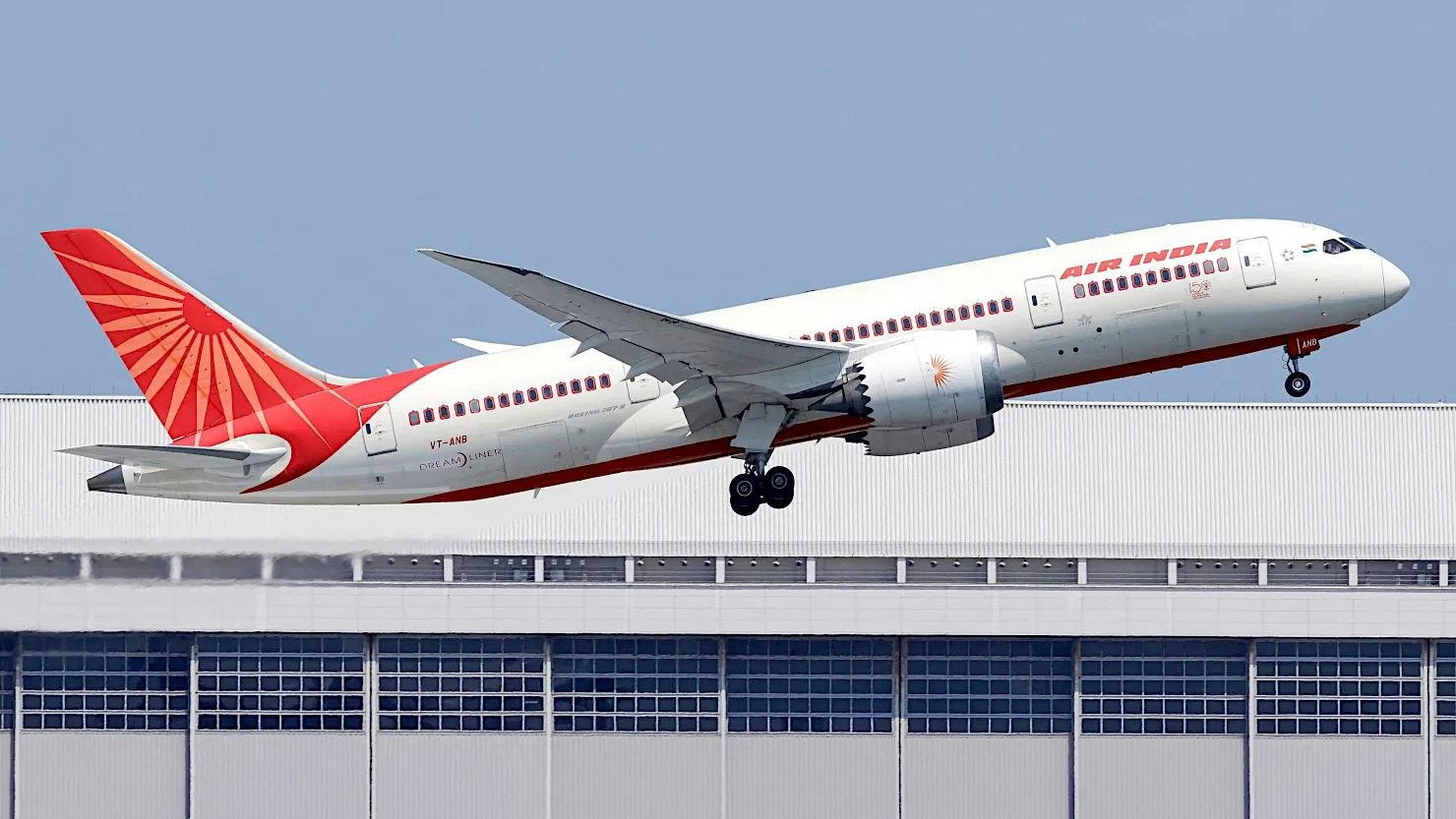
UK Aviation Authority Raised Concerns About Boeing 787 Fuel Switch Before Ahmedabad Crash
Early Warnings and Safety Notices
Just weeks prior to the tragic Air India crash in Ahmedabad, the UK Civil Aviation Authority (CAA) issued a safety notice urging operators of the Boeing 787 to conduct thorough inspections of fuel shutoff valves. This advisory highlighted emerging concerns regarding the aircraft’s fuel switch design and the adequacy of existing safety protocols. The warning coincided with increasing scrutiny of Boeing’s fuel system, a focus that was further underscored by a preliminary report from India’s Aircraft Accident Investigation Bureau (AAIB).
Findings from the Investigation
The AAIB’s report revealed critical details from cockpit voice recordings of the ill-fated Air India flight, which indicated confusion among the pilots shortly after takeoff. One pilot questioned why the fuel switch had been turned off, while the other denied having taken such action. The report further stated that both engines lost fuel supply almost simultaneously, within a second of each other, precipitating the crash. Despite the crew’s efforts to reactivate the fuel switches, their attempts came too late to avert the disaster.
The investigation drew particular attention to the manual operation of the cockpit fuel switches. The AAIB suggested that accidental deployment was unlikely, implying that the switches had been deliberately moved to the cut-off position. This finding has intensified scrutiny of Boeing’s fuel system design and raised questions about whether current safety measures are sufficient.
Regulatory Responses and Industry Impact
In response to these concerns, the UK CAA’s notice mandated that Boeing 787 operators perform detailed inspections of fuel shutoff valves, ensuring any identified issues were promptly addressed. The directive required engineering teams or flight crews to verify valve functionality rigorously, with all procedures documented and subject to approval by the CAA’s Flight Operations Inspector.
Similarly, the Indian aviation regulator ordered inspections of cockpit fuel switches on both Boeing 737 and 787 aircraft operating within the country. The US Federal Aviation Administration (FAA) also issued an Airworthiness Directive targeting a potential unsafe condition related to fuel shutoff valves on Boeing aircraft, including the 787. The FAA’s mandate called for daily checks, comprehensive inspections, and, where necessary, replacement of fuel shutoff valve actuators. Operators were instructed to log any failures and rectify defects in accordance with established safety standards.
The sequence of regulatory warnings followed by the crash has intensified debate over Boeing’s safety protocols and the effectiveness of industry oversight. Aviation experts anticipate that the incident may lead to further regulatory reforms and more stringent safety reviews, not only for Boeing but across the wider aviation sector. This heightened scrutiny has prompted insurers to reassess risk profiles and has raised concerns among some passengers regarding the safety of affected aircraft models.
Boeing’s competitors have responded by emphasizing their own safety measures and engineering standards, aiming to reassure airlines and passengers amid growing apprehension. The UK CAA’s early intervention highlights the vital role of proactive regulatory oversight in identifying and mitigating potential hazards before they culminate in tragedy.
As investigations continue, the aviation industry faces mounting pressure to address design vulnerabilities and strengthen safety protocols, with regulators and manufacturers under close observation from both the public and industry stakeholders.

BOC Aviation Completes Sale-Leaseback Deal with Philippine Airlines

Air taxis promise relief from Miami’s worsening traffic
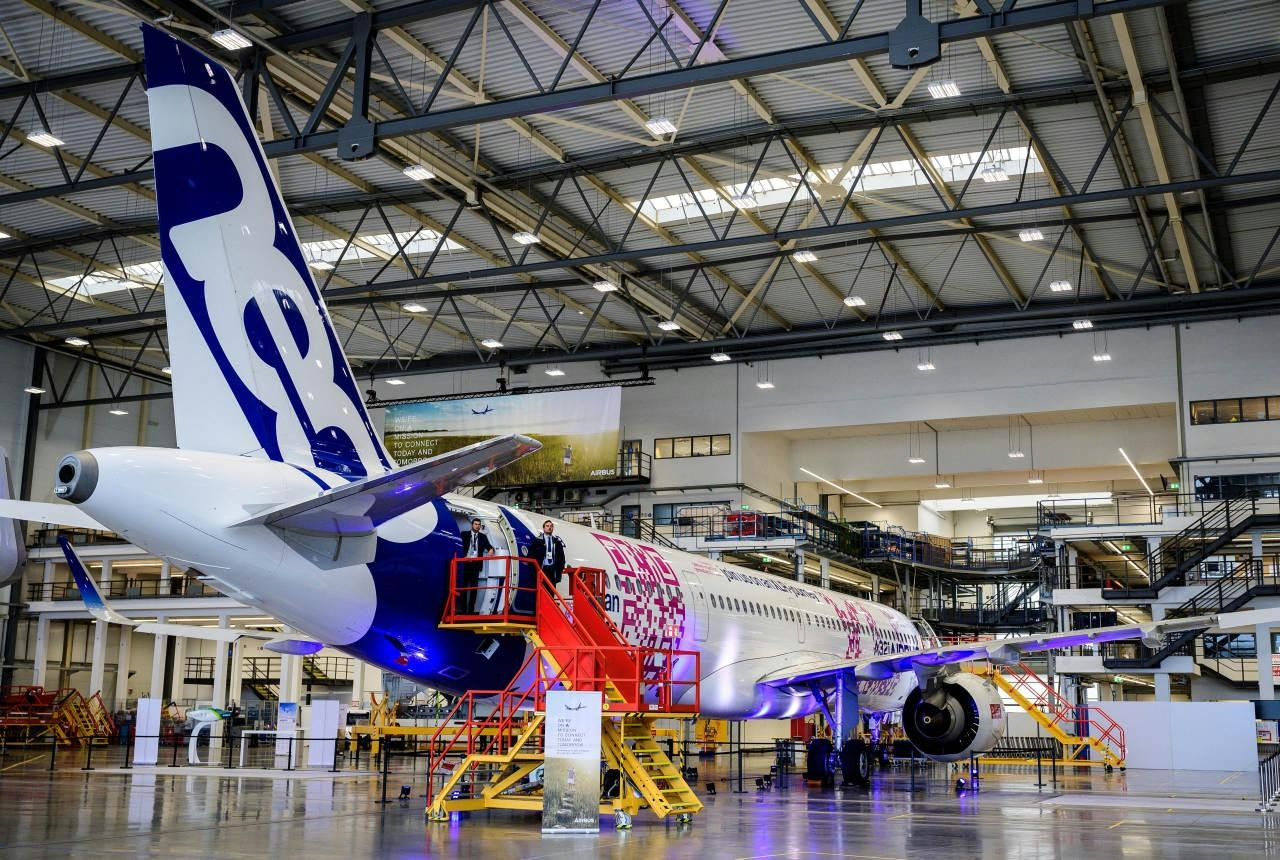
Philippine Airlines Orders Five Airbus A320s in $490 Million Deal

Airbus Lowers Annual Delivery Forecast
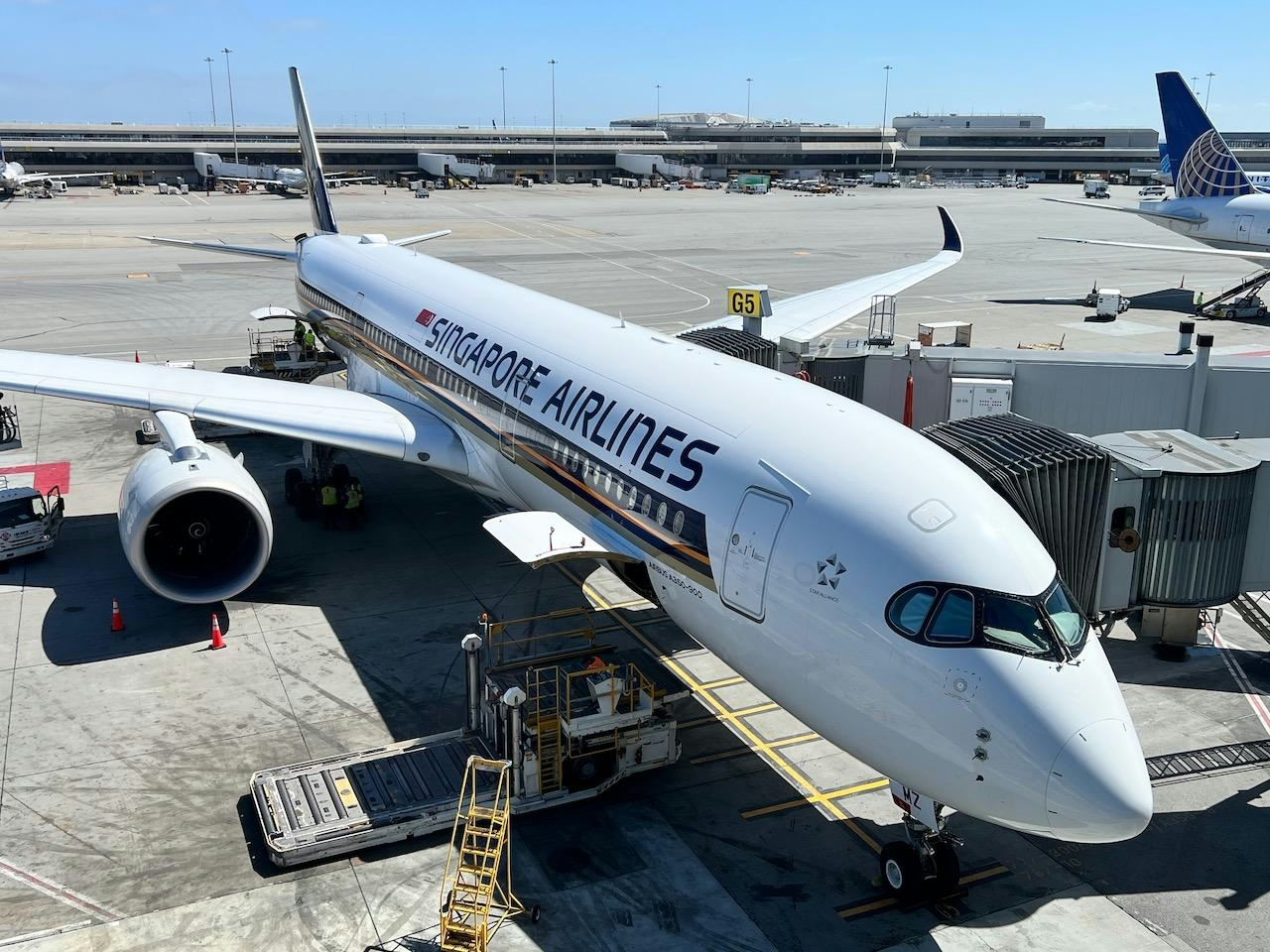
Base Maintenance Malaysia Conducts First Heavy Check on Singapore Airlines Airbus A350
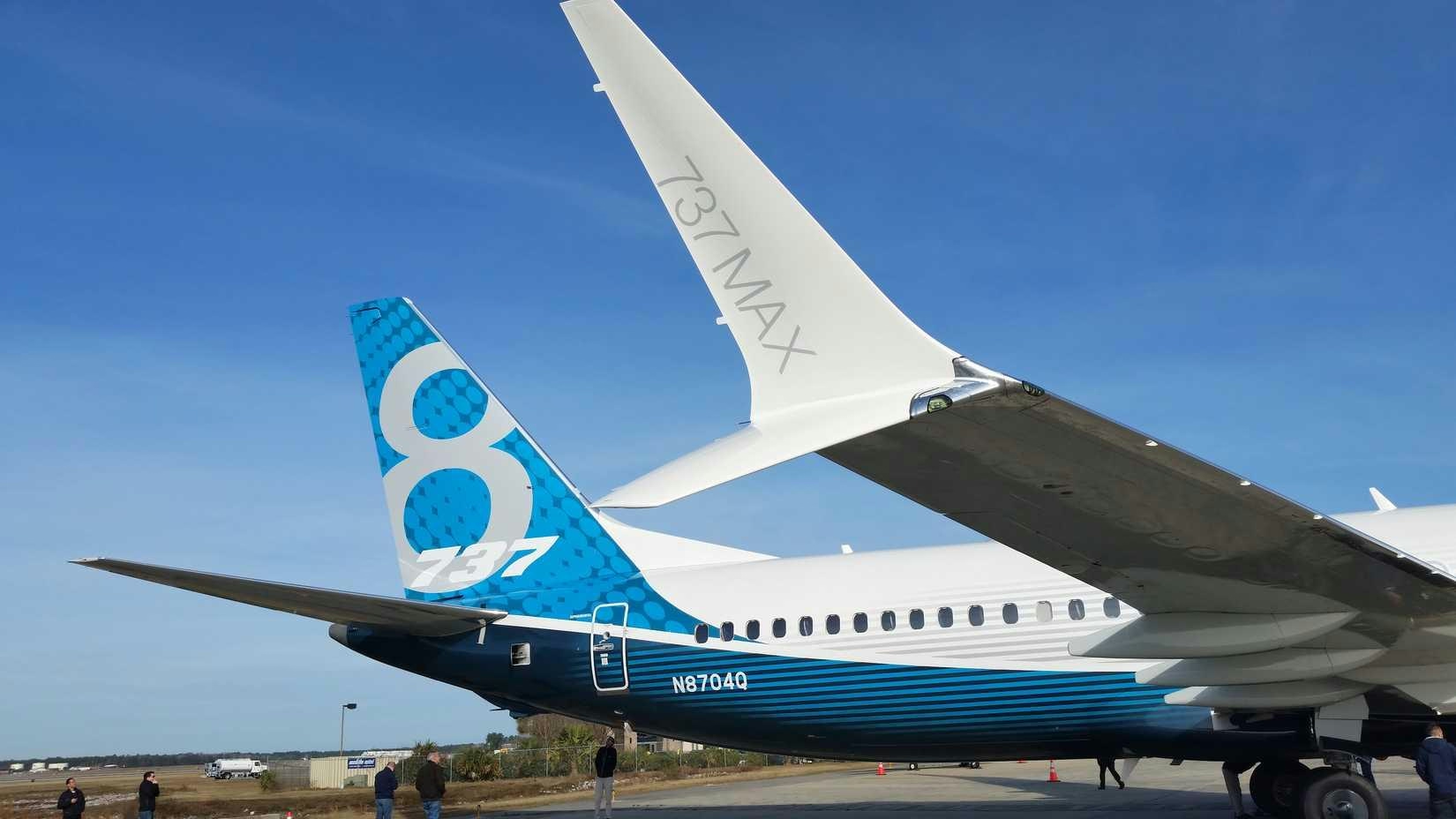
DAE to Lease Ten Boeing 737 MAX 8 Aircraft to AJet Through Turkish Airlines

BOC Aviation to Lease Two Airbus A350-1000 Aircraft to Philippine Airlines

What to know about Midnight, an all-electric air taxi that could change the way we move across South Florida
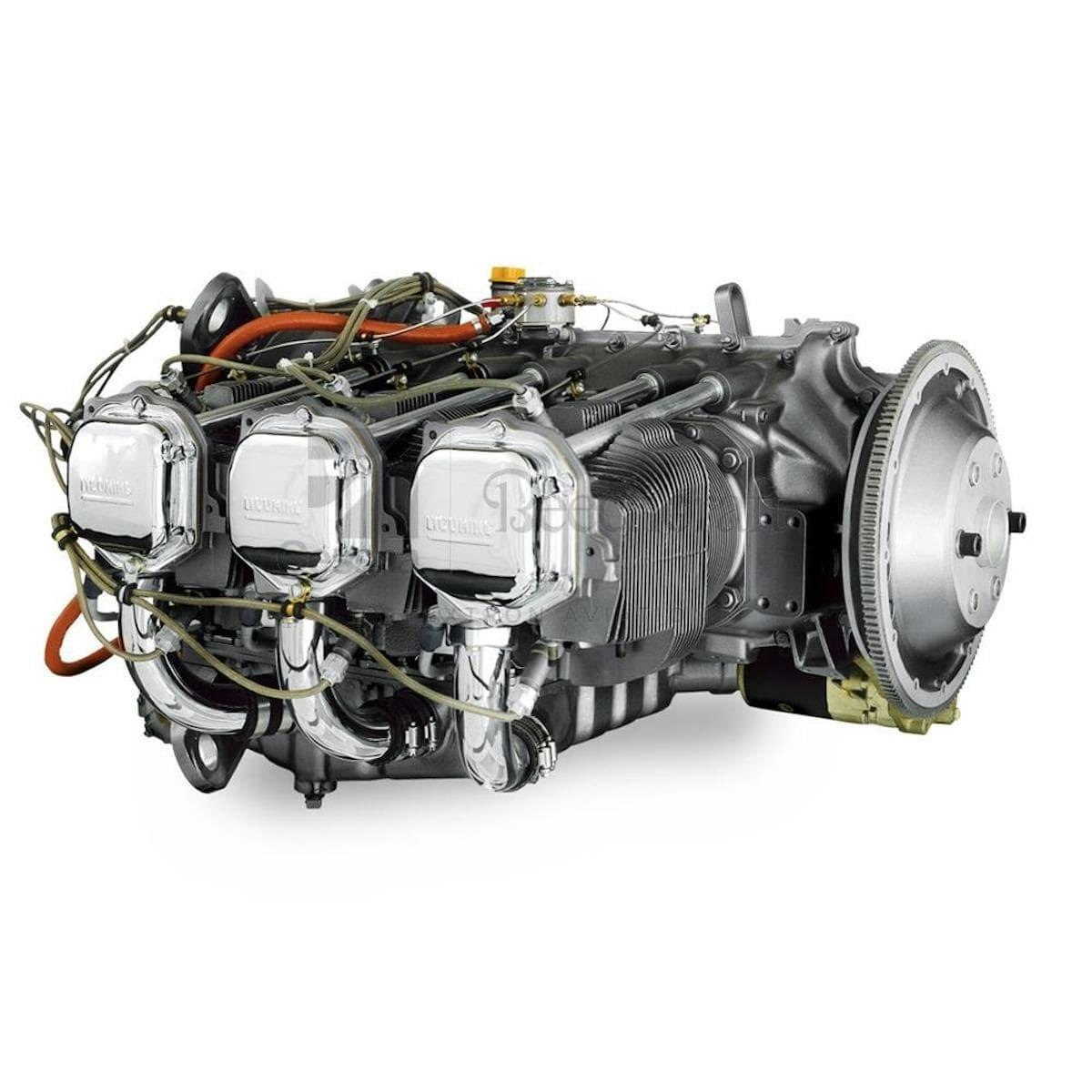
Ask Paul: Consequences of Skipping Due Diligence
